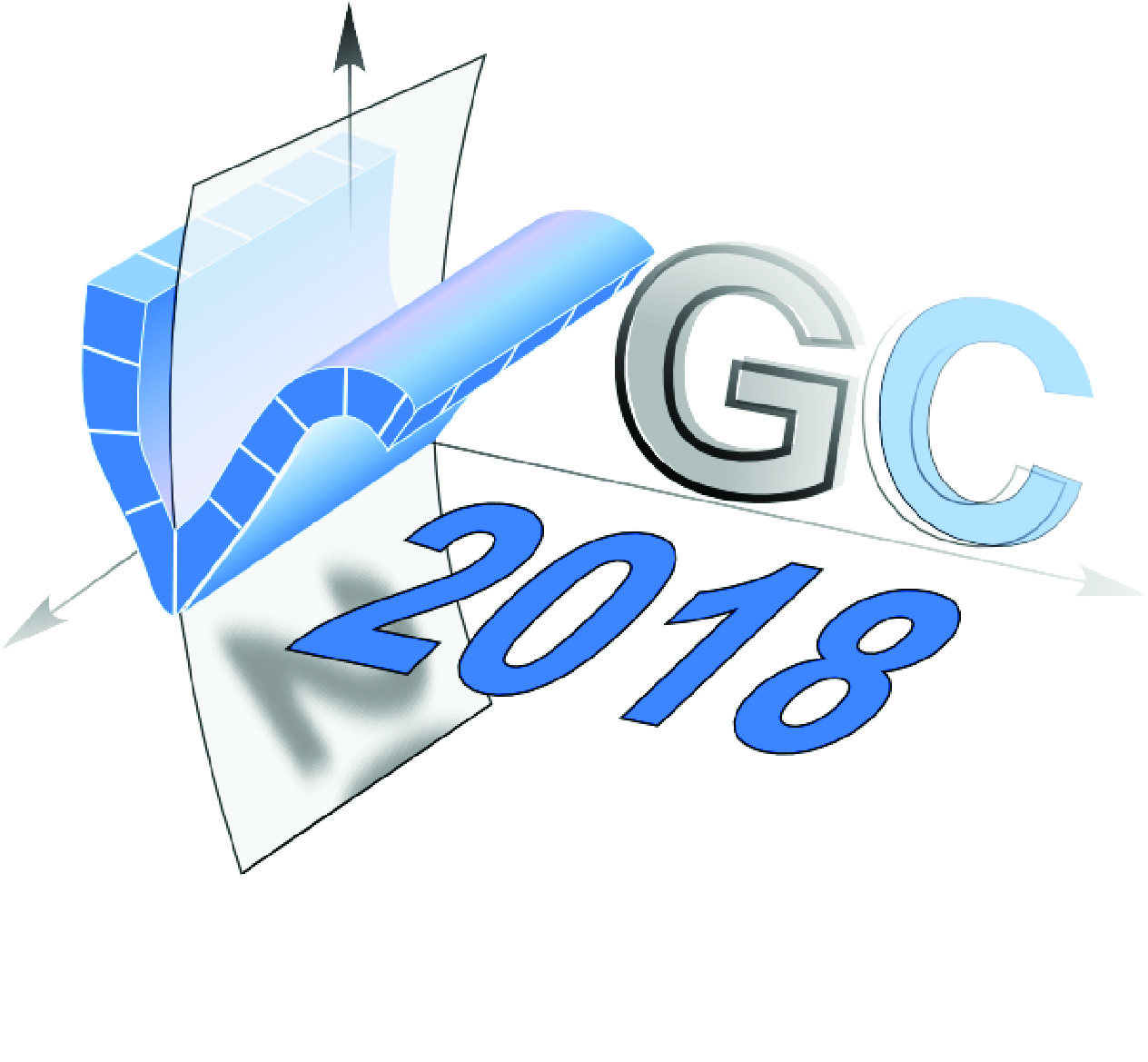Keynote Speakers
Keynote 1
Dr Nick Hedley,
Title of Talk: Mixed Reality Geoscience: Linking Worlds and Remixing Reality
Nick is an experienced interdisciplinary researcher of 3D geovisual interface technologies. He has designed, developed and applied virtual and mixed reality interface technologies for over 20 years. In addition to a rich portfolio of academic research, he has consulted for industry, science museums, media and motion picture companies, and international foundations, to develop geovisual interfaces and exhibits for professional geophysical practice, public education, science and government initiatives.
At the core of his work is the design, development and use of virtual and augmented reality interface technologies to view, explore and experience spatial visualizations and simulations in lab and everyday spaces. His team develops agile workflows, linking: 3D data capture, using UAV imaging and 3D laser scanning; 3D model production using photogrammetric and point cloud processing for regions from 2500km2 down to 10cm2; 3D spatial analyses and simulations at data resolutions down to sub-millimeter detail.
His portfolio includes: 3D capture of complex built and natural environments; 3D simulation of hazard dynamics; 3D ocean environments; risk intelligence capture and communication; marine debris; survey, simulation and visualization of glass sponge reefs; 3D visibility and privacy analysis; space-time visualization; archaeological reconstruction and visualization; award-winning 3D interfaces to visualize climate change futures (CLIVE); and planetary science.
Nick is the Director of the Spatial Interface Research Lab – a geovisual interface think tank – and a professor of geovisualization and spatial interface research in the Department of Geography at Simon Fraser University, Canada.
Keynote 2:
Dr Joseph Wartman,
Title of Talk: Using Unmanned Aircraft Systems for Automated Assessment of Rockfall Hazards
Joseph directs the Natural Hazards Reconnaissance Facility (known as the "RAPID") at the University of Washington, where he is the H.R. Berg Professor of Civil and Environmental Engineering. A former editor of the ASCE Journal of Geotechnical and Geoenvironmental Engineering, he is the author of over 100 professional articles on geologic hazards. In addition to his technical publications, Wartman’s essays and op-eds have appeared in the New York Times, the Seattle Times, and the Conversation, among other mainstream media venues. He is the recipient of several research honors awards including, most recently, the Geologic Society of America's Burwell Award in engineering geology. He earned his B.C.E. from Villanova University, and M.S., M.Eng., and Ph.D. degrees from the University of California, Berkeley.
Keynote 3:
Dr sc.nat. Regula Frauenfelder,
Title of Talk: The eye in the sky – Space- and Air-borne Monitoring of Infrastructure Deformation and Geohazards
Regula is a physical geographer currently working at the Norwegian Geotechnical Institute, a leading centre of research and consultancy in engineering geosciences. She earned her doctoral degree at the University of Zurich, in 2004. She has a wide background within remote sensing and geo-informatics with focus on natural hazards and, more recently, risk assessments. She has received several academic distinctions. Fields of expertise include spatial natural hazard analysis, ground deformation analyses with InSAR and object-based optical image analyses. Through her earlier positions, she gained a strong background in cryospheric science and research. She has over 15 years of experience as project manager of both R&D and consultancy projects, as well as with the preparation of scopes of work and tenders.
Keynote 4:
Dr Helen Reeves,
Title of Talk: Geoscientists' opportunities to apply virtual immersive tools in the managemnt of ground related hazards in cities
Helen Reeves is an engineering geologist with 19 years’ post graduate experience in engineering geology research, with over 30 papers in engineering geological mapping, rock mass characterisation, geohazard mapping and geomechanics. She gained her undergraduate Geological Sciences degree from the University of Leeds and an MSc in Engineering Geology and a PhD from the University of Durham.
Currently, Helen is the Science Director for Engineering Geology & Infrastructure at the British Geological Survey (BGS) and leads the £3m annual NERC/BGS Engineering Geology research programme investigating the: processes and the spatial distribution of shallow geohazards in the UK (particularly landslides and subsidence); geotechnical & geophysical properties of the UK land mass and urban geoscience challenges in cities,
Helen is also Principal Investigator NERC/DFID funded grant 'LANDSLIP' (Landslide Multi-Hazard Risk Assessment, Preparedness and Early Warning in South Asia (NE/P000649, £2m, 2016-2020), Co-Investigator (CI) of EPSRC Assessing the Underworld (EPK021699, £5.8m, 2013-17) and CI of Newton-Ungku Omar Disaster Resilient Cities (EP/P01531X, £1.75m). She is the co-chair of the UK Natural Hazards Partnership Hazard Impact Model (HIM) working group; has contributed to the UK Government’s Scientific Advisor Group for Emergencies during 2013-2014 winter storms; is an EU Civil Protection Mechanism Technical Expert; IAEG UK National Group President, an active committee member of the TRB standing committee on Engineering Geology (AFP10) and has contributed to a (US) National Research Council of the National Academies Committee on the “Underground Engineering for Sustainable Underground Development. Helen was awareded the Geological Society's Engineering Geology Group Award in 2015 and the Yorkshire Geological Society's Bisat Award in 2017.
Important Dates
- Abstract Submission and Registration Open
January 1, 2018 - Early Registration Ends
May 18, 2018 - Extended Abstract submission Deadline
March 30, 2018 - Notification of Acceptance
May 5, 2018
- Short courses/workshop
August 22, 2018 - Conference
August 23-24, 2018 - Special issue paper submission: The Photogrammetric Record




